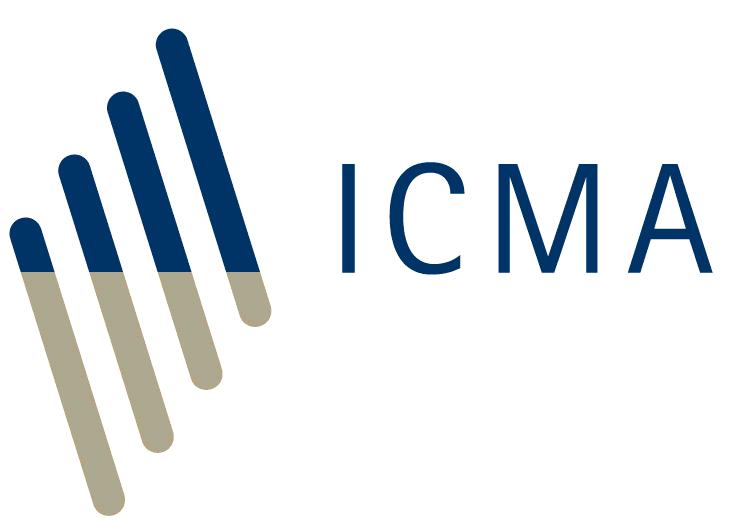<<< Previous page Next page >>>
A haircut is the difference between the initial market value of an asset and the purchase price paid for that asset at the start of a repo. An initial margin is analogous in function to a haircut. The difference between the two is merely a matter of expression. A haircut is expressed as the percentage deduction from the market value of collateral (eg 2%), while an initial margin is the initial market value of collateral expressed as a percentage of the purchase price (eg 105%) or as a simple ratio (eg 105:100).
Ideally, collateral should be free of credit and liquidity risks. The market value of such risk-free collateral would be more certain, meaning that it would be easy to sell for a more predictable value in the event of default by the collateral-giver. The type of asset that comes closest to this paradigm, and is in fact the most commonly-used type of collateral in the repo market, is a domestic bond issued by a creditworthy central government.
Assets that pose material credit and/or liquidity risks can be used as collateral but their value needs to be adjusted for their risk by deducting a haircut from the market value of collateral in order to calculate the purchase price or multiplying the purchase price by an initial margin in order to calculate the required collateral market value.
A haircut or initial margin represents the potential loss of value due to factors such as:
- price volatility between regular variation margining dates (in case there is a default between a calculation of a variation margin call and the payment or delivery of that variation margin;
- the probable cost of liquidating collateral following an event of default due to the impact of liquidation on market price*; and
- the possibility of the issuer of the collateral defaulting.
The potential loss could be increased by delays in responding to a variation margin call due to operational problems or a legal challenge to the non-defaulting party’s title to the collateral or their right to net. If the cash and collateral are denominated in different currencies, price volatility must include the effect of exchange rate fluctuations. It is arguable as to whether the credit risk of the repo counterparty should affect the size of a haircut or initial margin, given that the risk of a liquidation loss by a non-defaulting party is a function of the collateral and that party's collateral management rather than the credit of the counterparty (which should in theory be compensated by the repo rate). However, it is appropriate to take account of any significant correlation between the credit risks of the repo counterparty and the issuer of the collateral (so-called wrong-way risk), as this will diminish the effectiveness of the collateral. In practice, many parties do factor in the credit risk of their repo counterparties but this probably reflects differences in the relative commercial power of parties who have different credit ratings.
The use of haircuts and initial margins is explained in the guidance on efficient margining set out in the Guide to Best Practice in the European Repo Market published by the European Repo and Collateral Council (ERCC) of the ICMA.
* It is also possible that the non-defaulting party may have to buy securities that it had expected to receive from the defaulting party. In this case, its risk is that buying will drive up market price.
Back to Frequently Asked Questions on Repo contents page
<<< Previous page Next page >>>







